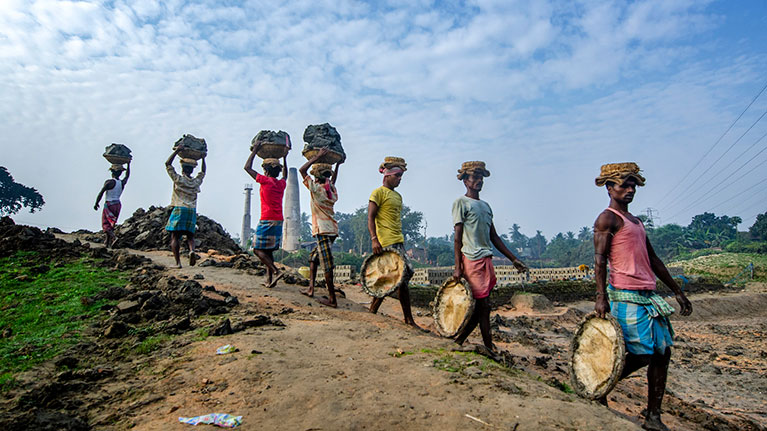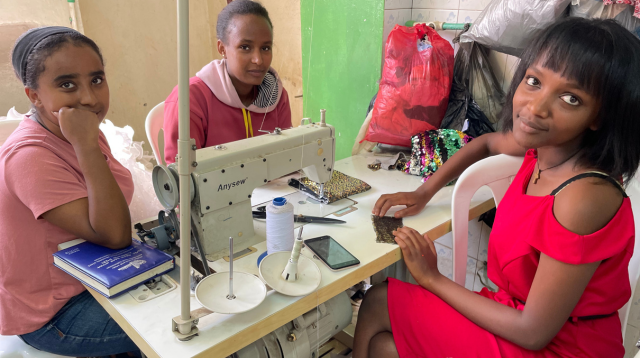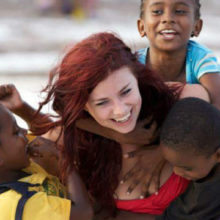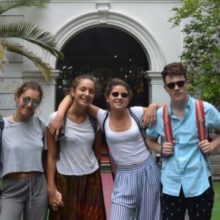This blog piece is from a previous volume of our Global Newsletter this year, if you want to get relevant information about global issues when current events are happening, be sure to sign up for the newsletter and get this information months earlier. Also, anyone who signs up for our Free Global Newsletter right now also can sign up for our Free Paper Back Book, Helping People Overseas, which will be sent to your door as a thank you from us.
Modern slavery occurs in almost every country in the world, and cuts across ethnic, cultural and religious lines. More than half (52 per cent) of all forced labour and a quarter of all forced marriages can be found in upper-middle income or high-income countries.
There are currently around 50 million people worldwide in modern slavery. Of these 50 million, 28 million were in forced labour and 22 million were trapped in forced marriage. The number of people in modern slavery has risen significantly in the last five years.
86% of forced labour cases are found in the private sector
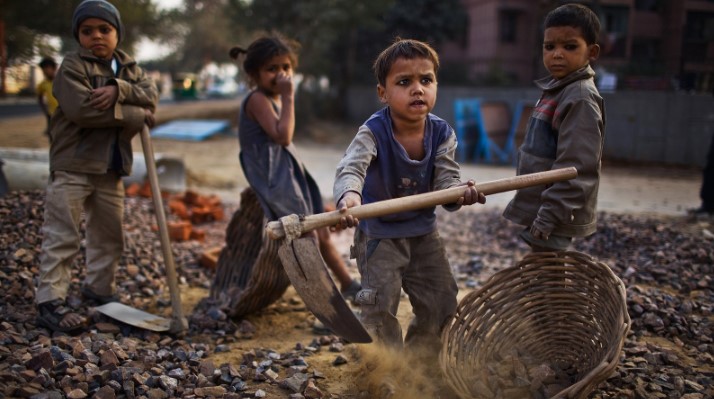
Forced labour in sectors other than commercial sexual exploitation accounts for 63 per cent of all forced labour, while forced commercial sexual exploitation represents 23 per cent of all forced labour. Almost four out of five of those in forced commercial sexual exploitation are women or girls. Almost one in eight of all those in forced labour are children (3.3 million). More than half of these are in commercial sexual exploitation.
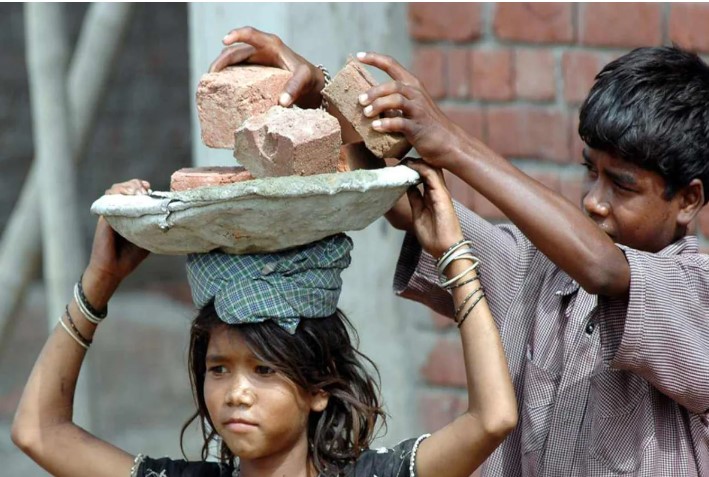
An estimated 22 million people are living in forced marriage. The true incidence of forced marriage, particularly involving children aged 16 and younger, is likely far greater than current estimates can capture; these are based on a narrow definition and do not include all child marriages. Child marriages are considered to be forced because a child cannot legally give consent to marry. The overwhelming majority of forced marriages (more than 85 per cent) was driven by family pressure. Although two-thirds (65 per cent) of forced marriages are found in Asia and the Pacific, when regional population size is considered, the prevalence is highest in the Arab States, with 4.8 people out of every 1,000 in the region in forced marriage.
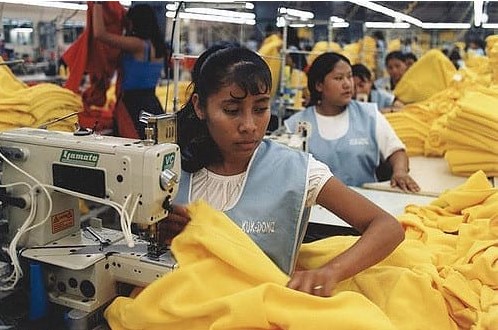
Migrant workers are more than three times more likely to be in forced labour than non-migrant adult workers. While labour migration has a largely positive effect on individuals, households, communities and societies, this finding demonstrates how migrants are particularly vulnerable to forced labour and trafficking, whether because of irregular or poorly governed migration, or unfair and unethical recruitment practices.
Devxchange has a number of projects that are freeing people from forced labour
Projects Combatting Modern Slavery
New Livelihood – Ethiopia
Lack of opportunity for these young girls, combined with the fact that only 15% of high school graduates in Ethiopia are accepted into universities result in a huge population of unskilled and unemployed youth.
The plan now seeks out the poorest of young women and men before they turn to seek to make a living on the streets. The DevXchange New Livelihood Project is implemented through a local NGO “New Hope Integrated Development”. The committee carefully searches for candidates among the hundreds if not thousands of potential candidates for training in vocational skills. Demelash and Asdinek, the project managers, along with the schools the trainees attended, seek to help these young women to find employment and in some cases to start their own businesses.
Busajo – Ethiopia
In Amharic, Busajo means “the one who sees ahead.”
In Soddo alone, there are 2000 children living on the streets. That’s 10% of the population in that city. Children leave home for different reasons – inadequate or abusive living conditions are the most common. They sometimes walk for days in search of luck, attracted by the city lights and hoping for a better future. The reality is that many of them end up being used by drug traffickers or become thieves for exploiters. Many of the girls end up in prostitution to survive.
Busajo is a program that serves children living on the streets of Soddo. One of the two directors meets with children on the streets to get to know them, tell them about the program and to assess the child’s seriousness to be educated and to have a different life. After three months of getting to know the children on the street, if they are seriously interested, they are invited to start to attend classes every day. If after two months they have come regularly and have demonstrated commitment and a good attitude they are then invited in to the program. The children will go to school, receive clothing, food, school supplies, shelter, love and medical and psychological attention and care. Busajo does their very best to reunify the children with their families and they are successful about 85% of the time. Sometimes the family only needs financial assistance to repair a damaged home or to provide a cow in order to take their child back. The children that cannot be reunified with their families remain in the program and receive education and skills training.
Planning to travel this year?
Consider a trip with us, and fundraise with us too!
You can pick your own start and end dates, and your project doesn’t follow a set itinerary.
This gives you freedom to spend your weekends and time off how you want, whether that’s travelling, exploring or resting.
Our group volunteer trips bring people together from all corners of the world to live and work together abroad. Open to anyone over 18.
Seize the opportunity to travel, make a difference, and meet new people as a teen volunteer abroad! If you’re 15-18 years old, we have programs designed especially for you.

